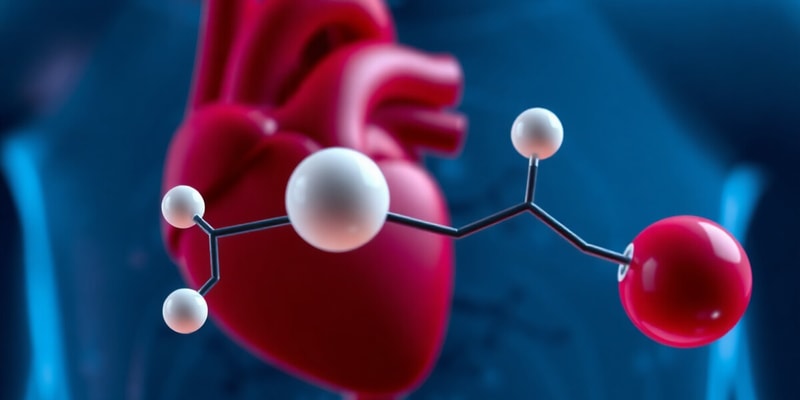Podcast Beta
Questions and Answers
What is a primary mechanism of action of potassium-sparing diuretics such as spironolactone?
What is a potential side effect of using potassium-sparing diuretics?
Which drug class is primarily indicated for heart failure with reduced ejection fraction?
What is a common adverse effect associated with phosphodiesterase inhibitors?
Signup and view all the answers
Which condition is NOT typically treated with potassium-sparing diuretics?
Signup and view all the answers
Study Notes
Potassium Sparing Diuretics (Aldosterone Antagonists)
- Spironolactone and Digoxin (Lanoxin) are examples of potassium-sparing diuretics that block aldosterone.
- Aldosterone is a hormone that increases sodium and water reabsorption in the kidneys.
- By blocking aldosterone, these medications promote potassium retention and increase sodium and water excretion.
- They are indicated for hypertension, edema, and heart failure.
- Common side effect - Hyperkalemia
- Caution should be exercised when administering these medications with drugs that also increase potassium levels.
Inotropic Agents
- Amrinone and Milrinone are inotropic agents that increase the force of heart contractions.
- Their mechanism of action involves inhibiting phosphodiesterase, which leads to an increase in intracellular calcium.
- Increased calcium levels result in enhanced myocardial contractility and vasodilation.
- They are indicated for heart failure with reduced ejection fraction (EF).
- Common side effects - Dysrhythmias and hypotension
Studying That Suits You
Use AI to generate personalized quizzes and flashcards to suit your learning preferences.
Description
Explore the key concepts of potassium-sparing diuretics, such as spironolactone and digoxin, along with inotropic agents like amrinone and milrinone. This quiz covers their mechanisms of action, indications, and potential side effects, focusing on their roles in treating conditions like hypertension and heart failure.


